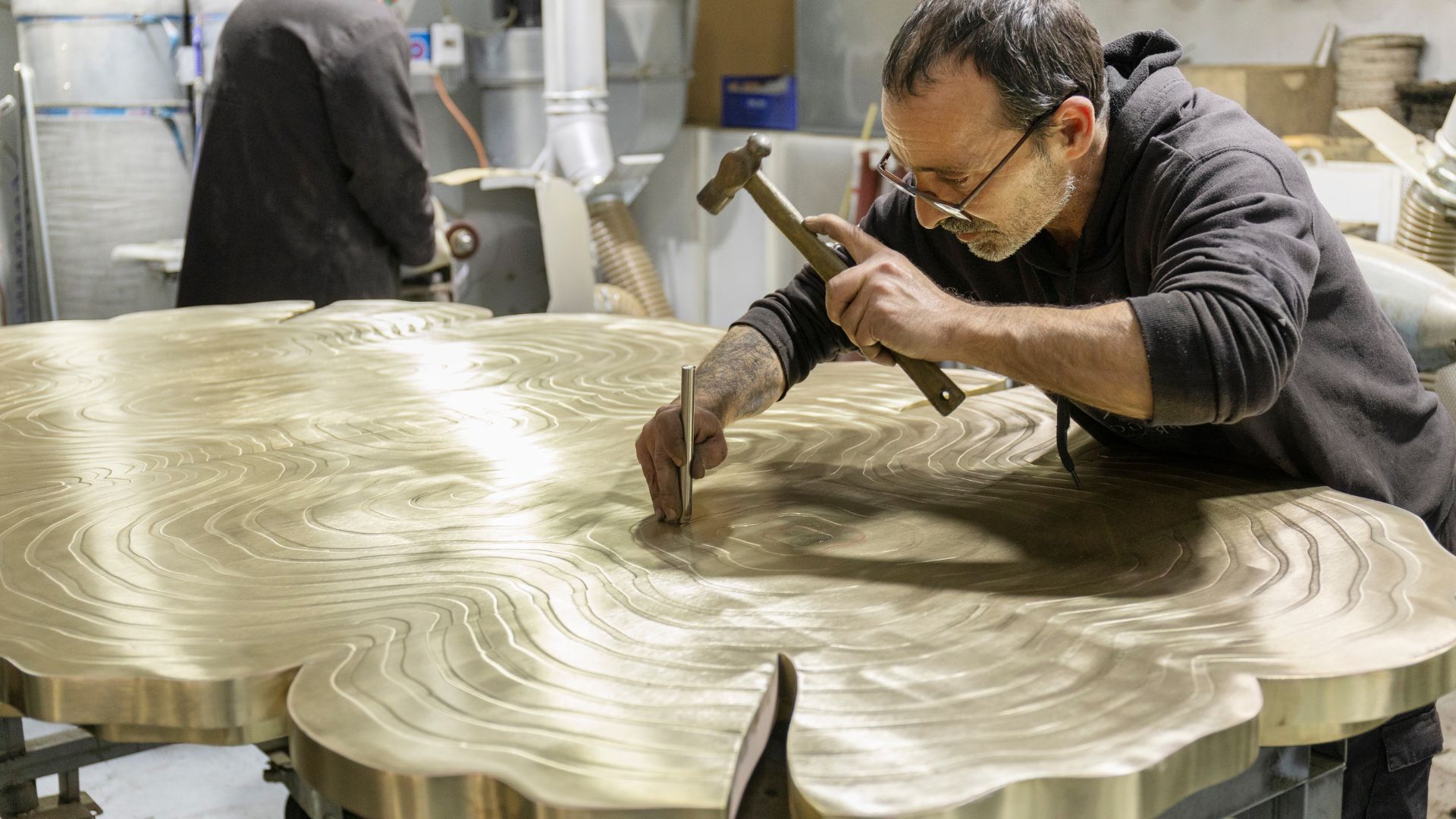
Craftsmanship is a timeless art that blends skill, creativity, and dedication. From ancient civilizations to modern times, artisans have shaped our world with their hands and hearts. But what makes craftsmanship so special? It's the meticulous attention to detail, the passion for creating something unique, and the pride in producing high-quality work. Whether it's woodworking, metalworking, or textile arts, each craft tells a story of tradition and innovation. In this blog post, we'll explore 26 fascinating facts about craftsmanship that highlight its importance and celebrate the artisans who keep these traditions alive. Get ready to appreciate the beauty and skill behind every handcrafted piece!
Key Takeaways:
- Craftsmanship is a timeless art that involves creating items by hand with skill and dedication. It spans various fields like woodworking, metalworking, and textile arts, each with its own unique techniques and traditions.
- The modern craftsmanship movement emphasizes quality over quantity, customization, and supporting local artisans. It extends to food and drink, DIY culture, and famous craftsmen like Leonardo da Vinci and Dale Chihuly.
The Art of Craftsmanship
Craftsmanship is a blend of skill, dedication, and creativity. It involves creating items by hand, often with great attention to detail. Let's explore some fascinating facts about this timeless art.
-
Ancient Roots: Craftsmanship dates back to ancient civilizations. Egyptians, Greeks, and Romans all had skilled artisans who created everything from pottery to intricate jewelry.
-
Guilds and Apprenticeships: During the Middle Ages, guilds were formed to regulate the quality of craftsmanship. Young apprentices learned their trade under the guidance of a master craftsman.
-
Handmade vs. Machine-made: Handmade items often have unique qualities that machine-made products lack. Each piece carries the personal touch of the artisan.
-
Cultural Significance: Different cultures have unique crafts. For example, Japanese pottery, Indian textiles, and African beadwork all reflect their respective cultural heritage.
-
Sustainable Practices: Many craftsmen use sustainable materials and methods. This eco-friendly approach helps preserve natural resources.
Types of Craftsmanship
Craftsmanship spans various fields, each with its own techniques and traditions. Here are some notable types:
-
Woodworking: This involves carving, shaping, and joining wood to create furniture, sculptures, and other items. It requires precision and patience.
-
Metalworking: Blacksmiths and metalworkers forge and shape metals to create tools, jewelry, and decorative items. This craft dates back thousands of years.
-
Textile Arts: Weaving, knitting, and embroidery fall under textile arts. These crafts often produce beautiful fabrics and garments.
-
Pottery and Ceramics: Potters shape clay into functional and decorative items. The process includes molding, firing, and glazing.
-
Glassblowing: This involves shaping molten glass into various forms. Glassblowers create everything from delicate ornaments to large sculptures.
The Modern Craftsmanship Movement
In recent years, there's been a resurgence in appreciation for handcrafted items. Here's why:
-
Quality Over Quantity: People are increasingly valuing quality over mass-produced goods. Handcrafted items often last longer and have more character.
-
Customization: Craftsmen can create customized pieces tailored to individual preferences. This personal touch is highly sought after.
-
Supporting Local Artisans: Buying handcrafted items supports local economies and helps preserve traditional skills.
-
Artisanal Food and Drink: The craftsmanship movement extends to food and drink. Artisanal cheeses, breads, and craft beers are gaining popularity.
-
DIY Culture: The rise of DIY culture has inspired many to try their hand at various crafts. Online tutorials and workshops make it easier to learn new skills.
Famous Craftsmen and Their Contributions
Throughout history, certain craftsmen have left a lasting impact with their exceptional work. Here are a few notable figures:
-
Leonardo da Vinci: Known for his paintings, da Vinci was also a skilled craftsman. His notebooks contain detailed sketches of inventions and mechanical devices.
-
William Morris: A key figure in the Arts and Crafts Movement, Morris advocated for traditional craftsmanship and designed beautiful textiles and wallpapers.
-
Gustav Stickley: An influential American furniture maker, Stickley promoted the Craftsman style, emphasizing simplicity and quality materials.
-
Bernard Leach: A renowned British potter, Leach played a significant role in reviving studio pottery in the 20th century.
-
Dale Chihuly: A contemporary glass artist, Chihuly's innovative techniques and stunning installations have earned him international acclaim.
The Future of Craftsmanship
Craftsmanship continues to evolve, blending traditional techniques with modern innovations. Here are some trends shaping its future:
-
3D Printing: Combining craftsmanship with technology, 3D printing allows for intricate designs and rapid prototyping.
-
Sustainable Materials: The use of recycled and eco-friendly materials is becoming more prevalent in various crafts.
-
Collaborative Projects: Craftsmen are increasingly collaborating with designers and artists from other fields, resulting in unique and innovative creations.
-
Online Marketplaces: Platforms like Etsy provide craftsmen with a global audience, making it easier to sell their work.
-
Craft Schools and Workshops: Educational institutions and workshops are helping to keep traditional crafts alive by teaching new generations of artisans.
-
Cultural Preservation: Efforts to preserve and promote traditional crafts are gaining momentum, ensuring that these skills are not lost to time.
Craftsmanship's Timeless Appeal
Craftsmanship isn't just about making things; it's about passion, skill, and tradition. From ancient pottery to modern woodworking, each piece tells a story. These artisans dedicate countless hours to perfecting their craft, ensuring every detail is just right. This dedication creates items that aren't just functional but also beautiful and unique.
Supporting craftsmen means preserving these traditions and valuing quality over mass production. Next time you see a handmade item, remember the skill and love that went into it. Whether it's a handwoven rug or a custom guitar, these pieces connect us to history and human creativity.
So, let's celebrate craftsmanship. Appreciate the effort, skill, and heart that go into each creation. By doing so, we keep these timeless traditions alive and thriving for future generations.
Frequently Asked Questions
Was this page helpful?
Our commitment to delivering trustworthy and engaging content is at the heart of what we do. Each fact on our site is contributed by real users like you, bringing a wealth of diverse insights and information. To ensure the highest standards of accuracy and reliability, our dedicated editors meticulously review each submission. This process guarantees that the facts we share are not only fascinating but also credible. Trust in our commitment to quality and authenticity as you explore and learn with us.


